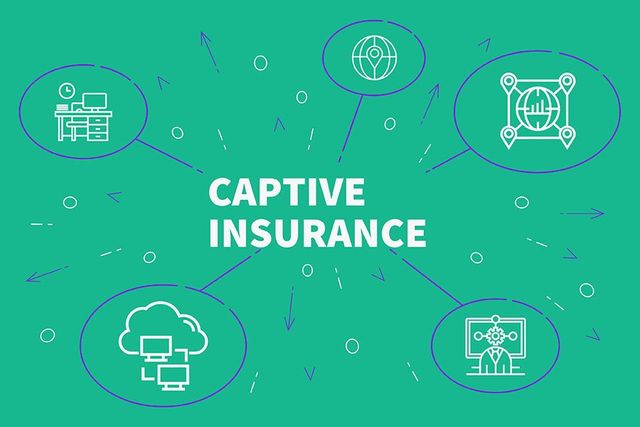What Does Pacific Prime Mean?
What Does Pacific Prime Mean?
Blog Article
The Best Guide To Pacific Prime
Table of ContentsThe Best Strategy To Use For Pacific PrimeTop Guidelines Of Pacific PrimePacific Prime - QuestionsSome Ideas on Pacific Prime You Need To Know
In most states, the insurer is called for to send you a duplicate of the adjustments to your plan. It is crucial that you review Recommendations or Cyclists so you recognize how your policy has actually altered and if the policy is still sufficient to fulfill your demands. To obtain a duplicate of your insurance coverage policy, please contact your insurance coverage agent or business.
The Institute of Medicine (IOM) Committee on the Effects of Uninsurance launches an extensive evaluation of proof that addresses the relevance of health insurance protection with the publication of this report. Protection Matters is the initial in a series of six records that will certainly be provided over the next two years recording the reality and repercussions of having actually an estimated 40 million individuals in the United States without health insurance policy protection.

Little Known Questions About Pacific Prime.
The goal of this collection of researches is to redouble policy interest on a historical problem. Complying with the lengthiest financial expansion in American history, in 1999, an approximated one out of every 6 Americans32 million adults under the age of 65 and more than 10 million childrenremains without insurance (Mills, 2000).

Ten percent of the population make up 70 percent of healthcare expenses, a relationship that has remained continuous over the past three decades (Berk and Monheit, 2001) - global health insurance. Thus health insurance coverage remains to serve the feature of spreading out risk even as it increasingly finances regular treatment. From the viewpoint of health and wellness care carriers, insurance coverage brought by their clients helps safeguard a revenue stream, and areas take advantage of monetarily feasible and stable health treatment practitioners and institutions
Federal government supplies medical insurance to populaces whom the personal market might not offer properly, such as handicapped and senior persons, and populations whose accessibility to healthcare is socially valued, such as kids and expectant ladies. The supreme ends of medical insurance coverage for the individual and areas, including work environment neighborhoods of workers and companies, are boosted wellness end results and quality of life.
Indicators on Pacific Prime You Should Know
Employees rank wellness insurance coverage first by much in importance amongst all the benefits used in the office (Salisbury, 2001). Although there have actually been sizable financial investments of personal and public funds to give medical find out here insurance, lots of people still have no protection. In spite of considerable coverage of survey findings and healthcare research results, the public continues to be confused and mistaken concerning Americans without medical insurance and the implications of lacking protection.

Without doubt, the intricacy of American healthcare financing systems and the wide range of sources of information include to the general public's confusion and hesitation concerning health and wellness insurance coverage data and their analysis. This report and those that will follow objective to distill and provide in easily reasonable terms the considerable research that bears on inquiries of medical insurance protection and its significance.
Fifty-seven percent of Americans polled in 1999 thought that those without medical insurance are "able to obtain the treatment they need from physicians and hospitals" (Blendon et al., 1999, p. 207). In 1993, when national attention was concentrated on the issues of the uninsured and on pending healthcare regulations, simply 43 percent of those surveyed held this idea (Blendon et al., 1999).

They likewise obtain fewer precautionary services and are much less likely to have normal take care of persistent problems such as high blood pressure and diabetic issues. Persistent conditions can bring about expensive and disabling complications if they are not well taken care of (Lurie et al., 1984; Lurie et al., 1986; Ayanian et al., 2000). One national study asked greater than 3,400 grownups regarding 15 highly serious or morbid problems.
Pacific Prime - Questions
Added proof exists later on in this chapter in the discussion of insurance and access to healthcare. https://pacific-prime.jimdosite.com/. People without medical insurance are young and healthy and choose to do without coverage. Virtually fifty percent (43 percent) of those checked in 2000 believed that individuals without health insurance policy are more probable to have health issue than people with insurance policy
Citizens and plan manufacturers in focus team discussions identify those without insurance policy as youngsters that have the opportunity to be covered and feel they do not require it (Porter Novelli, 2001). Compared to those with a minimum of some private insurance coverage, the without insurance are less likely to report remaining in excellent or great health (Firm for Medical Care Research Study and High Quality, 2001).
RESOURCE: Center for Cost and Financing Researches, Firm for Healthcare Research and High quality, based on MEPS data. Youthful adults between 19 and 34 are far much more likely to lack health and wellness insurance coverage than any other age. This is mainly since they are less commonly eligible for employment-based insurance because of the nature of their task or their brief period in it.
The assumption that individuals without insurance policy have better-than-average wellness adheres to from confusing the relatively young age profile of the uninsured with the much better health, typically, of younger persons. This obscures the web link in between wellness standing and medical insurance. For those without access to workplace health insurance policy, poor health and wellness is a possible obstacle to acquiring nongroup insurance coverage because such insurance coverage may be highly valued, omit pre-existing conditions, or be simply inaccessible.
Report this page